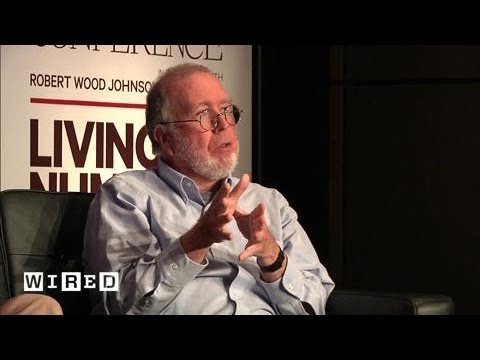Gravity Explained: From Newton to Einstein
Summary
In this article, we explore the concept of gravity in five levels of increasing complexity, as explained by astrophysicist Jana Levi. We start with Newton’s discovery that all objects fall at the same rate, regardless of their weight, and his realization that the same force that keeps the moon in orbit around the earth is also responsible for the earth’s orbit around the sun. We then delve into the topic of gravity in space and how objects can escape the earth’s gravitational pull, including the use of slingshot technology. Finally, we discuss Einstein’s equivalence principle and its implications for our understanding of gravity.
Table of Contents
- Newton’s Discovery of Gravity
- Gravity in Space
- Slingshot Technology
- The International Space Station
- Einstein’s Equivalence Principle
Newton’s Discovery of Gravity
Gravity is a fundamental force that attracts objects towards each other. This force is what keeps us on the ground and causes objects to fall when dropped. Newton discovered that all objects fall at the same rate, regardless of their weight. He also realized that the same force that keeps the moon in orbit around the earth is also responsible for the earth’s orbit around the sun.
Gravity in Space
In space, objects can escape the earth’s gravitational pull by achieving enough velocity to overcome it. This is known as escape velocity. The concept of slingshot technology involves using the gravity of a planet or moon to accelerate a spacecraft and change its trajectory. This technique has been used in many space missions, including the Voyager missions to the outer planets.
Slingshot Technology
Slingshot technology involves using the gravity of a planet or moon to accelerate a spacecraft and change its trajectory. This technique has been used in many space missions, including the Voyager missions to the outer planets. By using the gravity of a planet or moon to accelerate a spacecraft, we can save fuel and achieve greater speeds than would be possible with rocket propulsion alone.
The International Space Station
The International Space Station (ISS) is constantly falling due to gravity, but it is also traveling at a high enough speed to stay in orbit. The Earth’s gravity keeps the ISS in orbit, despite the fact that it is so far away. The astronauts on board feel the effects of gravity, but they are moving so quickly that they never get pulled back down to the surface. This is similar to the feeling on a fast spinning ride where you feel pinned to the back.
Einstein’s Equivalence Principle
Einstein’s equivalence principle states that there is no absolute motion, so it is impossible to tell if you are moving or not. This means that if you throw a ball in a moving train, it will land in your hand as if you were in your living room. If two astronauts are floating in space, they cannot tell who is moving and who is stationary. Even if they both see a flash of light, they will measure the same speed of light because the laws of physics must be the same for everyone.
Conclusion
Gravity is a fundamental force that plays a crucial role in our understanding of the universe. From Newton’s discovery of the basic principles of gravity to Einstein’s equivalence principle, our understanding of gravity has evolved over time. As we continue to explore the mysteries of the universe, our understanding of gravity will undoubtedly continue to grow and evolve.







